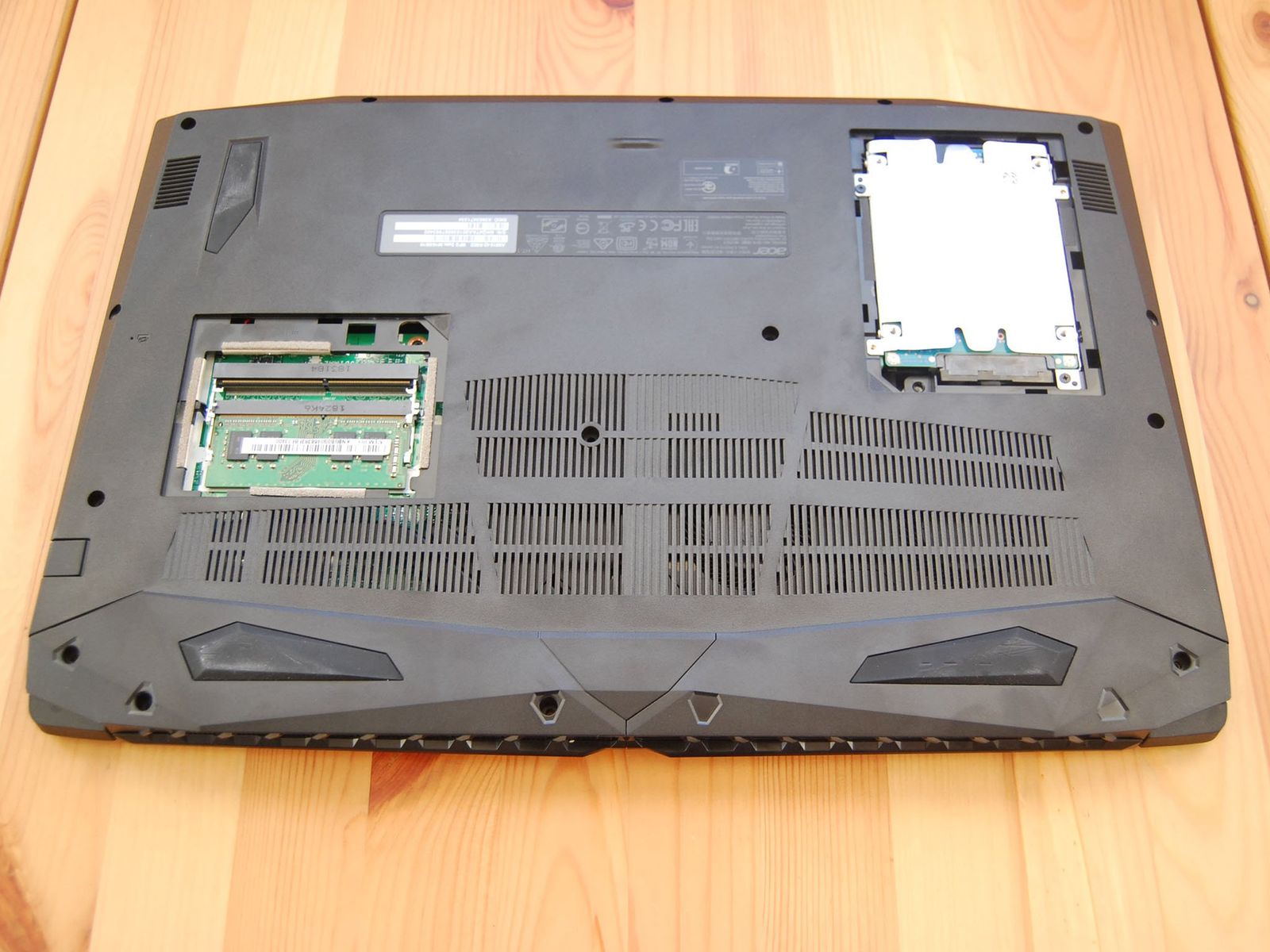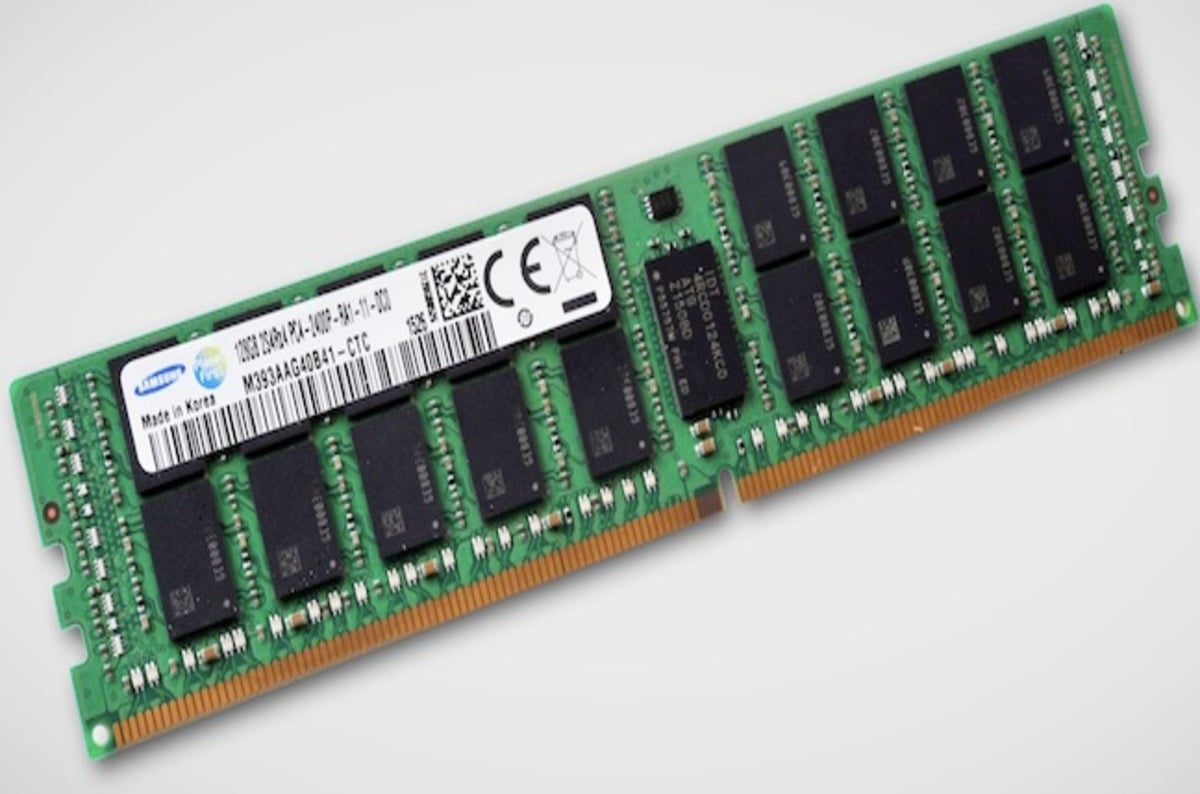What Slots Do Ddr4 Ram Go In
DDR4 SDRAM is an abbreviation for “Double Data Rate Fourth Generation Synchronous Dynamic Random-Access Memory.” The last dynamic RAM update was the DDR3 which came out in 2007 1, but developers were actually already working on the DDR4 all the way back in 2005.
- Intel vs AMD, How DDR4 Memory Speeds Affect Performance AMD Ryzen CPUs like fast, low latency memory. The difference between 2400 MHz and 3200 MHz can be 10% or more, with even more noticeable 1% and 0.1% low performance (the lowest FPS you encounter, or dips, which can affect smoothness if they’re too low).
- How to check RAM slots available on Windows 10. To confirm the number of memory slots available on your computer or laptop, use these steps on Windows 10. Open Start.; Search for Task Manager.
- A2A How can you fix a RAM slot on a PC motherboard that doesn’t recognize RAM sticks? Assuming the other slots recognize RAM ok, and assuming the RAM that you are trying to insert in the bad RAM slot works fine in other slots, then the problem is.
If you intend to upgrade the RAM on any of your computers and said machines are powered by DDR4, it’s time to bite the bullet and do the upgrade. While we can’t literally guarantee that RAM prices won’t continue to decline, they’ve fallen far enough to qualify as an automatically excellent value, especially if you scrimped on RAM 18 months ago to avoid paying what were then very high prices.
We’ve been watching RAM prices for roughly 17 months now, and have seen them decline from $180 for 16GB of DDR4-3200 to just $56 today. That’s a drop of nearly 70 percent, and it’s one reason we’re comfortable giving a blanket recommendation to anyone on the upgrade fence. You might save another $5 to $10 if prices continue to drop, but you aren’t going to save another $50 on DDR4-3200.

The rock-bottom pricing on high-clock DDR4 that we saw at the end of May surprised us, and it’s not surprising to see prices rising again at the top of the stack. That’s not to say that RAM costs are going to start increasing across the board. The May values we recorded were genuinely lower than we expected and may have represented a temporary blip. Regardless, however, we know how this cycle will end, because RAM introductions and phase-outs have followed more or less the same price cycle for at least the last 20 years, as this graph from CamelCamelCamel illustrates:
This graph charts the price of this specific DDR3 module from 2012 – 2019, and it’s an excellent illustration of the boom-and-bust cycle in DRAM manufacturing. Just as there used to be a dozen and more companies engaged in leading-edge foundry manufacturing, there used to be considerably more companies engaged in DRAM manufacturing. Technically, there are still a lot of companies in DRAM, but three firms — Samsung, SK Hynix, and Micron — have 95.6 percent of the market.
The reason these companies got into NAND manufacturing in the first place was partly to buffer the impact of the boom-and-bust DRAM cycle, which drove plenty of corporations out of the market. With NAND undergoing simultaneous price contraction, that policy hasn’t automatically worked out swimmingly this cycle, but it served as a buffer for memory manufacturers earlier this decade and may do so again if the downturns aren’t simultaneous.
Either way, it’s an absolute given that RAM prices will rise again. Even if they remain low for the next year, they’ll inevitably rise when DDR5 rolls out. Manufacturers forced into low profit margins or outright losses by DRAM prices use the introduction of new standards to recoup their profits and pay for the next round of investments required for future memory standards. This boom-and-bust cycle is what drove companies out of the RAM business in the first place — it’s difficult to predict and an unforgiving environment to operate in while simultaneously making long-term technology and capacity investments.
How Much DRAM Do You Need?
There was a time when the DRAM needs of desktop and laptop computing were accelerating much more quickly than they are today. In 2008, when Intel launched the X59 motherboard platform and its triple-channel memory configuration, 6GB-12GB RAM kits became much more common, with 3-6 sticks of DRAM. The return of dual-channel configurations meant 8-16GB became standard a few years later, and that’s more or less where most applications and users still are.
Don’t mistake me. There are applications that can consume more than this amount of RAM. One of the rules of reporting is that as soon as you offer a claim on how much RAM anyone needs, someone on the internet is legally required to bring up Bill Gates’ quote on 640KB of RAM being enough for anybody, while someone else is required to explain how they know about someone who is using 2x – 8x more RAM than whatever amount the author has just stated should be sufficient for most users, as though this objective fact invalidated the point.
If your goal is to hit the highest RAM clocks possible, a smaller pool of single-sided DIMMs is more likely to help you do that than filling every DIMM slot. If you know you need a high RAM system, then obviously you’ve got a specific requirement that overrides more general requirements. Mobile users who prioritize battery life should be aware that adding RAM also inevitably increases power consumption — if your goal is to maximize battery life, you’ll want to pay attention to how much RAM you actually need rather than just stuffing a laptop with as much as it can hold.
Personally, I’d call 8GB acceptable, 16GB preferred, and 32GB “reasonable” for an average user if your goal is to make sure you never have to care about putting RAM in the system again. 16-32GB should be enough to keep a system on par with the consoles Microsoft and Sony are working on, and that’s as reasonable a benchmark as any for a gamer to target. I have yet to see any benefit in typical consumer applications between 16GB and 32GB of RAM, and anything over 32GB is overkill for normal desktop users. There are professional users and workstation applications that can use more RAM than this, but if you’re one of those users, you already know it and don’t need me to tell you.


Regardless of the total RAM you target, if you’ve been holding off on buying, now is the time. The one guarantee is that prices will increase.


Now Read:
These 'modules' add a grand total of 0 bits to your system memory and are clocked lower than a tuning fork, but draw power from the DIMM slots to drive the RGB LED lighting that can run in sync with your real Vengeance RGB Pro modules. Corsair is using an addressable RGB setup, so motherboard-based software can control or synchronize them with the rest of your lighting. Corsair is offering these 2-pack Light Enhancement Kits in two flavors - black and white. Both variants are priced at $39.99. If you're buying pre-built desktops with Vengeance RGB Pro, insist on finding out if they've used one of these to make a single-channel setup look like dual-channel.
Related News
- Nov 24th 2020New World Record: Crucial Ballistix Max Memory Overclocked to 7004 MHz (14)
- Sep 8th 2020Corsair Working On Direct 12-Pin NVIDIA Ampere Power Cable (51)
- Nov 12th 2020Corsair Unveils Vengeance A7200 Ampere+Zen3 Gaming Desktop (4)
- Nov 26th 2020ASRock Rack Brings AMD EPYC CPUs to 'Deep' Mini-ITX Form Factor (13)
- Dec 9th 2020Corsair 5000D and 5000D Airflow Listed (0)
- Dec 15th 2020CORSAIR Releases Wide Range of Hydro X Series Water Blocks for NVIDIA GeForce RTX 30-Series GPUs (7)
- Nov 9th 2020Take Your Game to The Next Level - CORSAIR Acquires Gamer Sensei (13)
- Sep 16th 2020CORSAIR Quietly Updates Hydro X Blocks, Confirms RTX 3000-series GPU Blocks (11)
- Sep 24th 2020CORSAIR Launches CX-F RGB Entry Level Power Supply Lineup (15)
- Nov 10th 2020Elgato Partners with Pipeline to Kickstart Streamers' Careers (1)